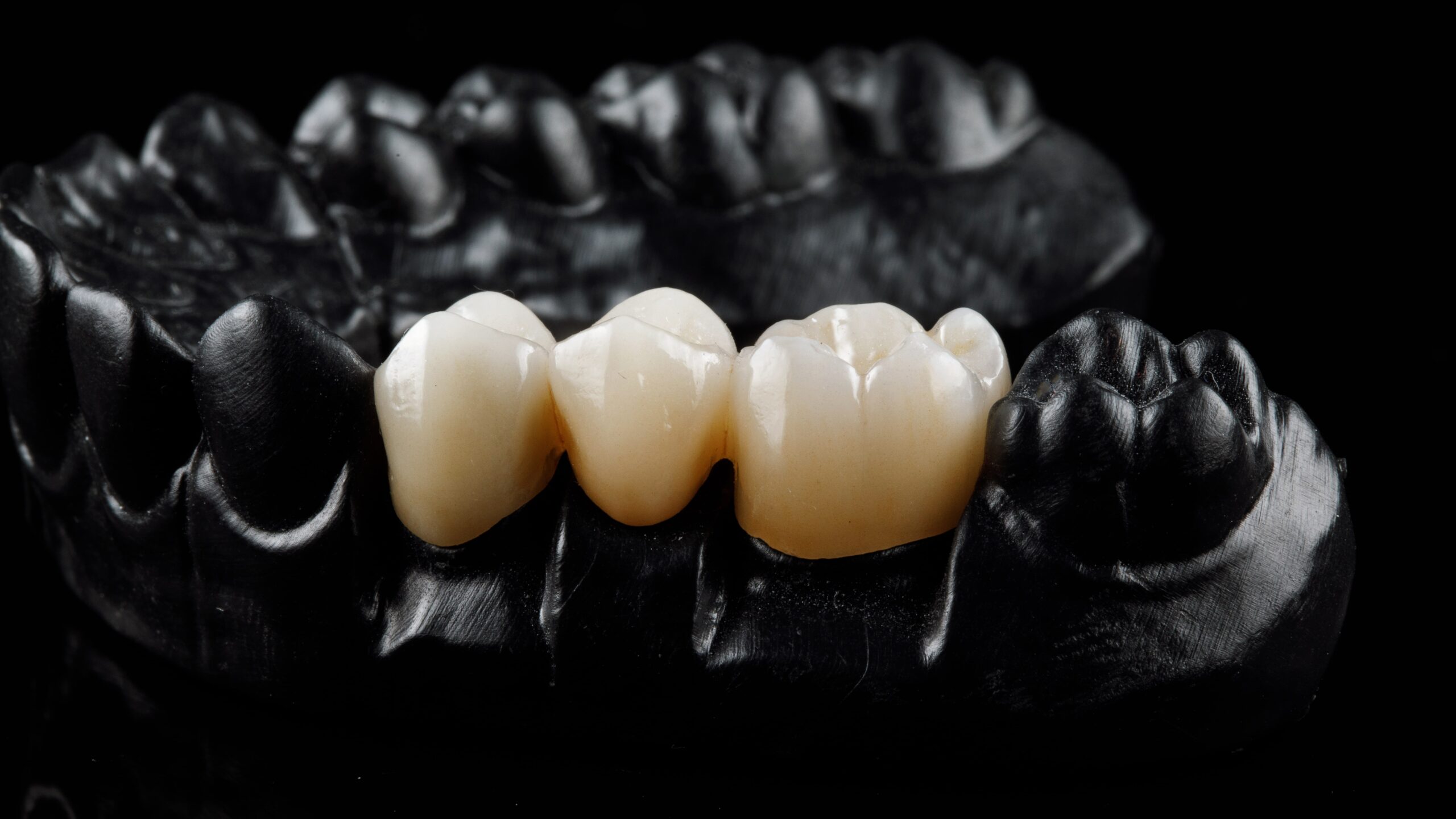Color matching plays a pivotal role in the field of aesthetic dental restorations, where the goal is to create seamless, natural-looking results. The ability to accurately replicate the color of natural teeth is essential for enhancing patient satisfaction and confidence. The importance of color matching extends beyond mere aesthetics, as it has a profound psychological impact on patients. When restorations seamlessly blend with the surrounding dentition, patients experience a sense of harmony and acceptance, boosting their self-esteem and overall well-being. In this blog, we will delve into the significance of color matching in aesthetic dental restorations, exploring its impact on patient psychology, professional reputation, and the techniques and technologies involved in achieving optimal color replication.
To achieve successful color matching in aesthetic dental restorations, dental professionals need to possess a comprehensive understanding of color science, tooth color variations, and utilize advanced techniques and technologies. Color science provides the foundation for understanding how light interacts with objects, influencing the perception of color. Dental professionals must grasp the principles of hue, value, and chroma to accurately assess and replicate the complex color variations present in natural teeth. By understanding these color components, dental professionals can make informed decisions when selecting shades and determining the appropriate level of translucency and chroma for restorations.
Furthermore, tooth color variations pose a challenge in achieving seamless color matching. Natural teeth exhibit subtle variations in hue, value, and chroma due to factors such as genetics, age, lifestyle habits, and environmental influences. Dental professionals must carefully assess and analyze these variations to create restorations that blend harmoniously with the patient’s natural dentition. This requires a keen eye for detail and an ability to discern the nuances in tooth color.

Advanced techniques and technologies have played a crucial role in improving color matching outcomes in dental restorations. Digital shade matching systems, for instance, utilize imaging technology to capture and analyze the color of natural teeth objectively. These systems provide precise measurements of hue, value, and chroma, reducing the subjectivity associated with traditional visual shade matching. Additionally, spectrophotometers enable precise color measurement and comparison, facilitating accurate shade selection and replication.
Collaboration between dental professionals and dental laboratory technicians is also essential for achieving optimal color matching outcomes. Dental laboratories employ their expertise in ceramics and restorative materials to create custom restorations that closely match the desired color specifications. Effective communication and collaboration between the dentist and the laboratory technician ensure that the chosen shade, translucency, and chroma are accurately translated into the final restoration.
Now that we know more about the color matching process, let’s delve deeper into the factors that make color matching crucial in aesthetic dental restorations. Firstly, accurate color matching has a profound psychological impact on patients. A smile that appears harmonious and natural can significantly enhance a person’s self-confidence and self-esteem. When patients feel satisfied with the appearance of their teeth and restorations, they are more likely to smile freely, engage in social interactions, and experience an improved overall quality of life. On the other hand, noticeable color discrepancies can cause self-consciousness and hinder a person’s willingness to smile or display their teeth, leading to a negative impact on their emotional well-being.
Secondly, color matching is vital for dental professionals to maintain a strong reputation and attract new patients. Patients seeking aesthetic dental restorations often value natural-looking results and expect their dentist to possess the expertise to achieve precise color replication. Positive experiences and word-of-mouth referrals are powerful drivers for a dental practice’s success. By consistently delivering color-matched restorations that blend seamlessly with natural teeth, dental professionals can build a reputation for their attention to detail, artistic skill, and commitment to patient satisfaction.
To achieve accurate color matching, dental professionals employ various techniques and technologies. Traditional methods, such as visual shade matching using shade guides, still have their place and can provide valuable initial information. However, advancements in digital shade matching systems have revolutionized the process. These systems utilize advanced imaging technology to capture and analyze the color of natural teeth objectively. They offer a comprehensive range of shade options, allowing for precise shade selection based on hue, value, and chroma measurements. Additionally, spectrophotometers provide precise color measurement and comparison, facilitating more accurate shade matching and reducing subjectivity.
Collaboration between dental professionals and dental laboratory technicians is also crucial for successful color matching outcomes. Dental laboratories utilize their expertise in ceramics and other restorative materials to create restorations that match the desired color specifications. Close communication and teamwork between the dentist and the laboratory technician ensure that the desired color outcome is achieved, and any necessary adjustments can be made to achieve optimal results.
Continual education and training are essential for dental professionals to stay updated with the latest advancements in color science, shade selection techniques, and the use of dental technology. This ongoing learning allows dental professionals to refine their skills, broaden their knowledge, and improve their ability to achieve accurate color matching outcomes.
In conclusion, color matching is of utmost importance in aesthetic dental restorations. It has a profound impact on patient psychology, satisfaction, and the success of dental practices. By achieving accurate color replication through the use of advanced techniques and technologies, dental professionals can create natural-looking restorations that enhance patients’ self-confidence and overall well-being. Prioritizing color matching leads to improved aesthetic outcomes, positive patient experiences, and a strong professional reputation.
Dr. Roman Fedorciw has been in private practice in Cromwell since 1991. He is a member of the Academy of General Dentistry, American Academy of Cosmetic Dentistry and the American Dental Association. He is also a member of the Connecticut Dental Association and Middlesex County Dental Association. Dr. Fedorciw has been acknowledged by his peers as one of the “Top Dentists” in Hartford County by Hartford Magazine and in the state of Connecticut by Connecticut Magazine.




